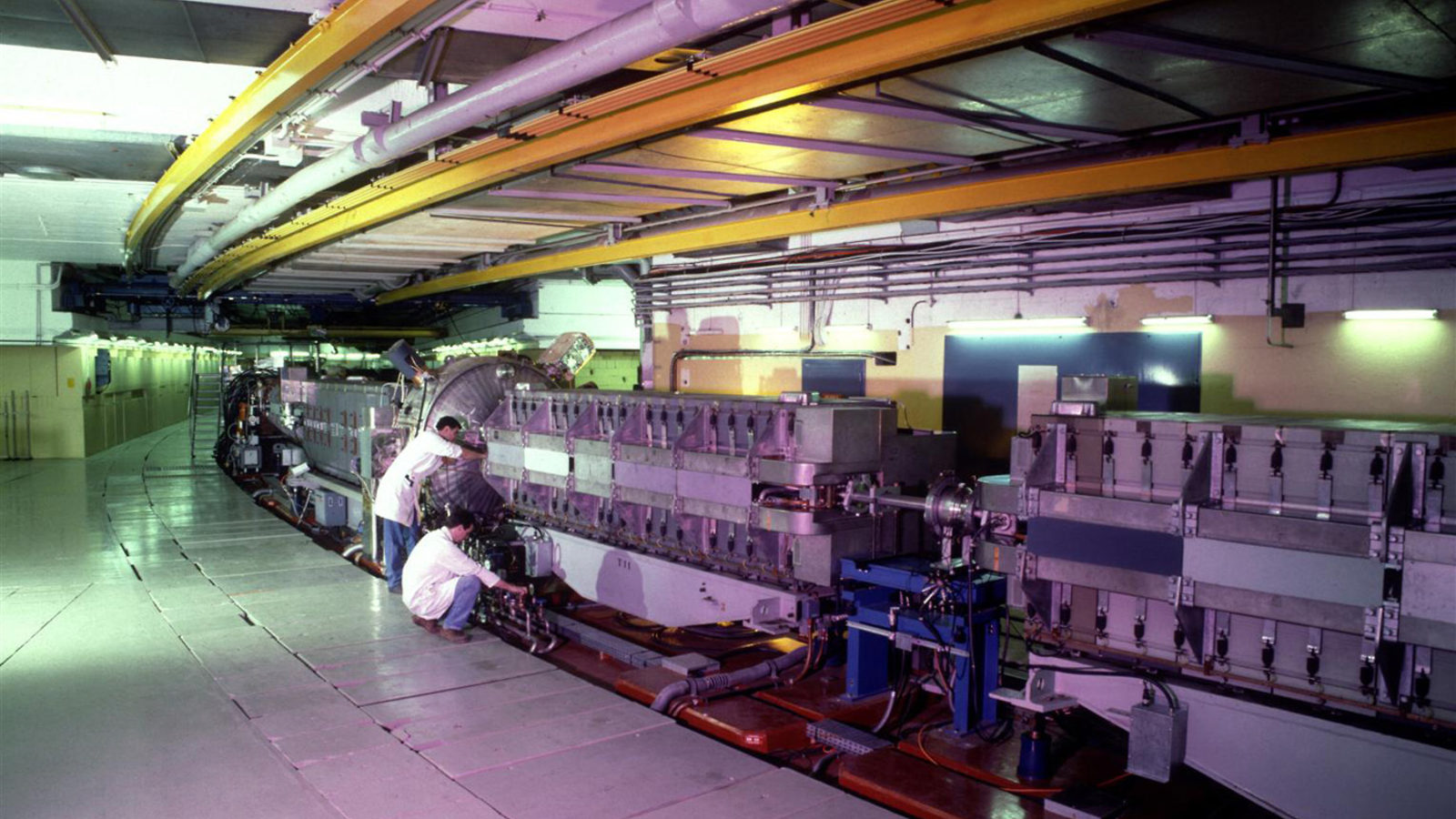High school is a time for pep rallies, prom and particle physics. That’s right—particle physics. Schools across the globe are vying for their chance to conduct their own experiment at CERN.
The program, called Beam Line for Schools, will award one group of students a week-long trip to the home of the Large Hadron Collider to conduct an experiment using a high-energy beam of particles.
A surprising number of student groups met the deadline of January 31 to register their intent to submit an experimental proposal, says Christoph Rembser, a physicist on the ATLAS experiment at the LHC and the project leader for Beam Line for Schools. “We thought there might be some interest,” he says. “We didn’t expect 455 different schools to register.”
Italy, Spain and the United States had the largest number of groups register, but interest came from all over, including countries with no affiliation with CERN, including Guyana, Kenya and Kuwait.
The next step is for students to submit a comprehensive proposal explaining the experiment they would like to conduct. They will use CERN’s first accelerator, the Proton Synchrotron (pictured above). The program committee provided students with a menu of options—they can select to use a beam of protons, muons or electrons and can choose from several different types of detectors—or build their own.
“It’s organized like a real experiment,” says Rembser. “They had to express their interest and now they must provide the equivalent of a Technical Design Report,” a planning document every proposed particle physics project must submit to be considered for funding. The review committee for the Beam Line for Schools experiments will be the same group that examines professional groups’ proposals for the Proton Synchrotron.
Thanks to the help of the International Particle Physics Outreach Group, groups from every country are paired with physicists who will act as consultants as they design their experiments. The students’ final proposals are due on March 31, along with a one-minute video from each group explaining the motivation behind their ideas.
“The students have incredible ideas that have, in many cases, exceeded expectations,” says Kristin Kaltenhauser, the Beam Line for Schools coordinator. “They want to contribute something important; they want to change the world.”
Students at Glenbrook North High School in Illinois, for example, are considering projects that range from alloy testing to examining the decay rate of waste from nuclear reactors.
“I’m thrilled and amazed at the level of sophistication these students are demonstrating with their ideas,” says Nathan Unterman, a physics teacher at Glenbrook.
Unterman heard about the competition through a teachers’ association and held an open call for students throughout the school to participate. Nineteen students have committed to the project.
“They’re discussing difficult themes that require a lot of research and work outside of school,” he says. “They’re engaged and they want to win. It’s probably a similar situation at all of the other schools that registered as well.”
The reviewers will consider the proposals in April and announce a winner in May. The winning team will conduct the experiment in September or October. The ultimate goal is for the team to summarize their results in a paper to be published in a physics journal.
“This whole project is making them dig and think. Even if they don’t win, they’ve been exposed to the excitement of science, and that’s a win, too,” Unterman says.







